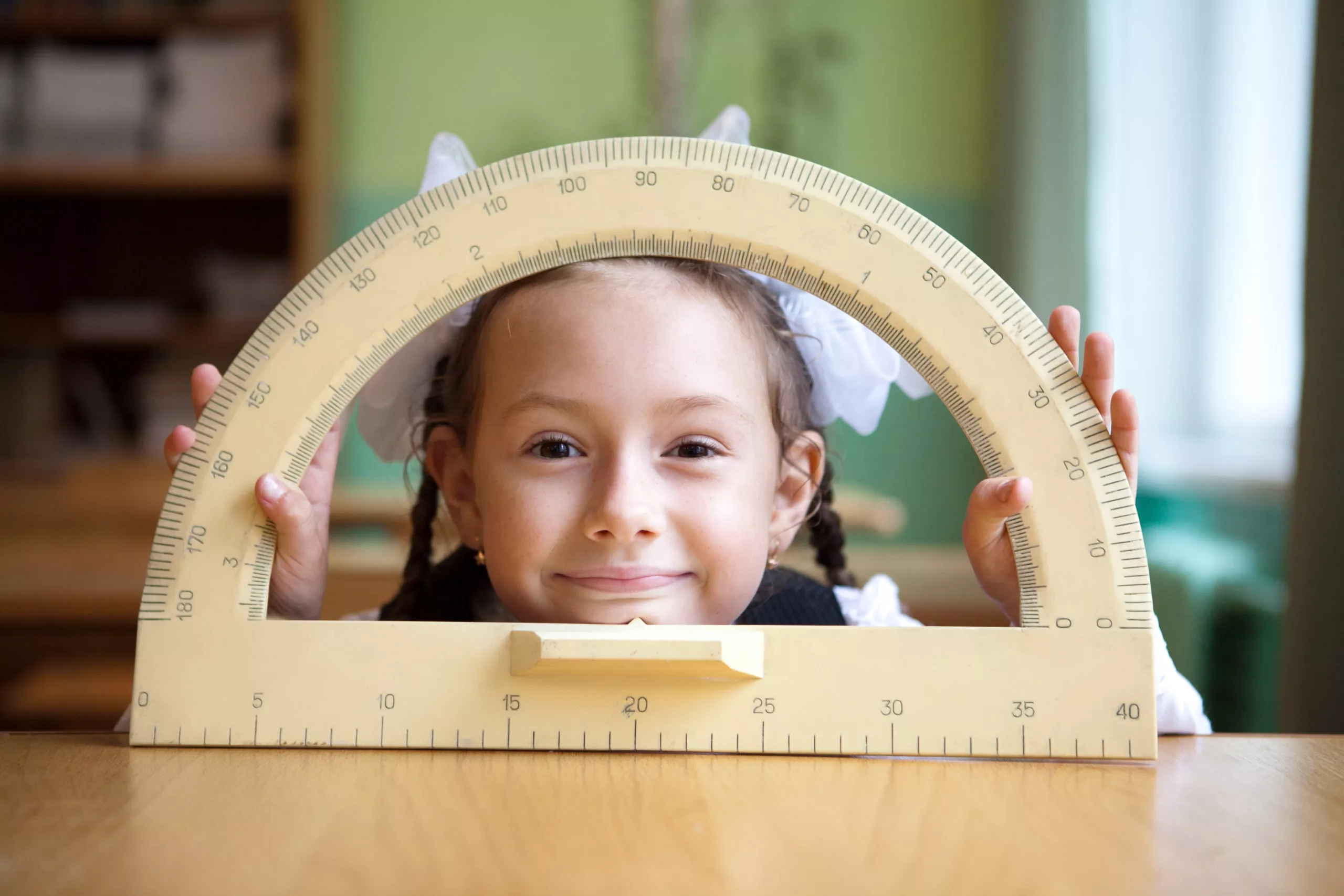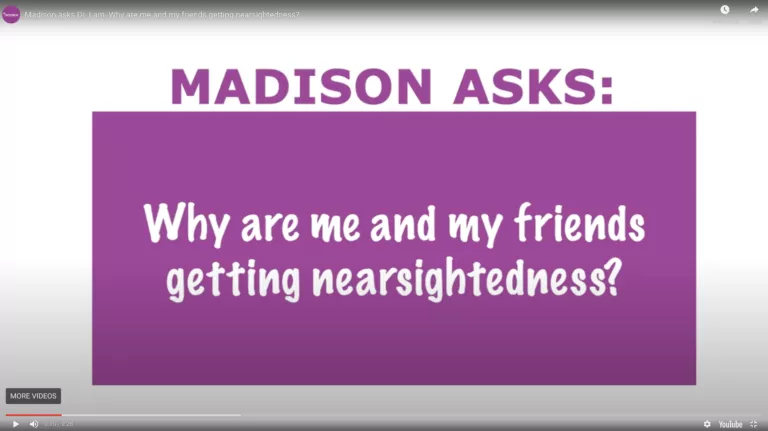A child’s eyes grow the fastest when they are between the ages of 6-18 years old.1 If their eye grows irregularly, it can lead to vision problems. Three of the most common vision problems are nearsightedness, farsightedness, and astigmatism and it’s important to know the difference between them. These eye conditions are caused by refractive errors.2 According to the National Eye Institute, more than 150 million Americans have a refractive error. That’s why comprehensive eye exams are so important.3 Eye exams, which are different from vision screenings, are vital in identifying and addressing refractive errors.

How do refractive errors happen?
Refractive errors occur when the shape of your eye keeps light from focusing correctly on your retina (a light-sensitive layer of tissue in the back of your eye).4
The eye’s ability to refract or focus light sharply on the retina to see clearly primarily is based on three things:
- Eye length – If the eye is too long, light is focused before it reaches the retina, causing nearsightedness. If the eye is too short, light is not focused by the time it reaches the retina, causing farsightedness.5
- Curvature of the cornea – If the cornea is not perfectly spherical, the image is refracted or focused irregularly to create astigmatism.6
- Curvature of the lens – If the lens is too steeply curved in relation to the length of the eye and the curvature of the cornea, this causes nearsightedness. If the lens is too flat, the result is farsightedness.7
Myopia (nearsightedness)
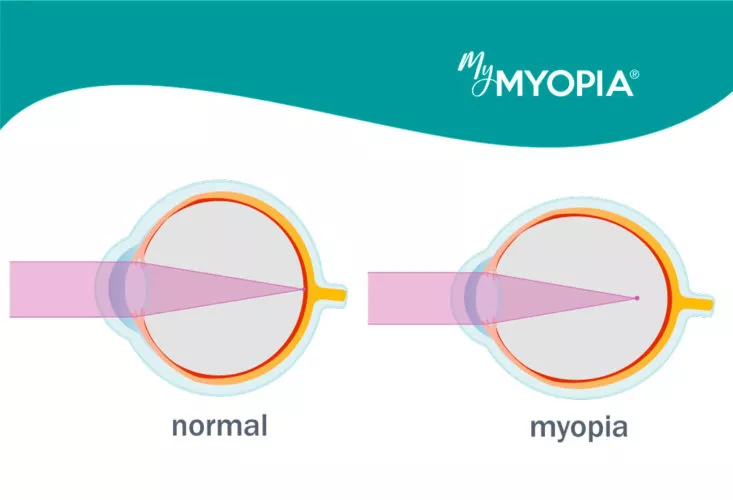
Myopia, or nearsightedness, is a condition where things that are far are harder to see.8 Myopia results from an abnormal elongation of the eyeball, which leads to a refractive error, blurring objects viewed at a distance. In other words, distant objects appear blurry until they are brought close to the eyes.9 Imagine sitting in the back of a classroom and not being able to see the writing on the board.
In the U.S., 40 percent of kids have myopia, compared to just 20 percent three decades ago, according to the American Academy of Ophthalmology.10 By 2020, The World Health Organization (WHO) projects 2.5 billion people worldwide will be myopic, and by 2050 myopia is expected to affect half the world’s population.11 [Read: I’m a parent why haven’t I heard of myopia?]
Farsightedness
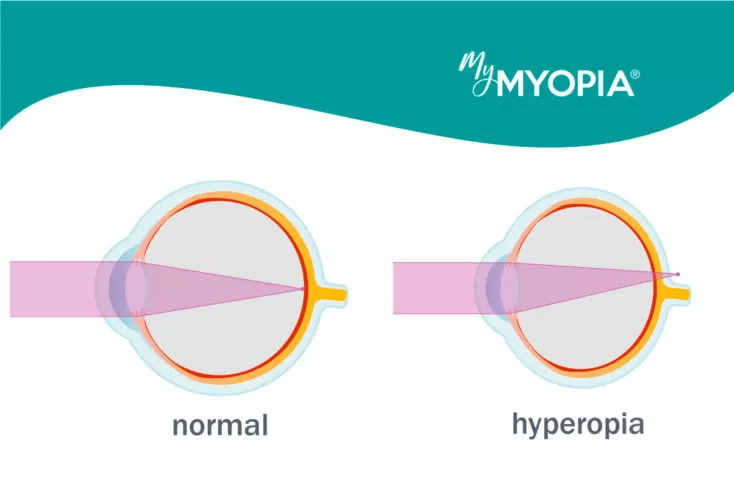
Farsightedness, also referred to as hyperopia, is a condition where things that are near are harder to see compared to things that are a further distance away.12 Distant objects can be seen clearly, but close ones do not come into proper focus—your eye can’t correctly focus the light that enters.13
Common signs of hyperopia include difficulty concentrating and maintaining a clear focus on near objects, eye strain, fatigue and/or headaches after close work, aching or burning eyes, and irritability or nervousness after sustained concentration.14
Astigmatism
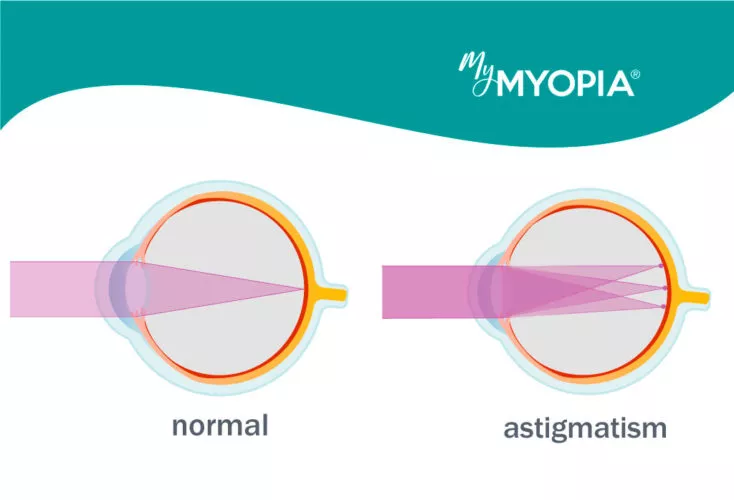
Astigmatism is a condition in which the cornea has an abnormal curvature that can create two focal points to point in two different locations. This also makes objects up close, and far away, look blurry.15
Astigmatism can cause eye strain and can be combined with nearsightedness or farsightedness conditions.16 Signs of astigmatism can begin in childhood as well as adulthood. Some of the symptoms of astigmatism can include fatigue, headache, and eye strain. Eye doctors can work to help correct the condition, including working to improve vision to be sharper with eyeglasses.17
Eye care professionals see patients who have refractive errors on a regular basis, and they are equipped to help you detect, correct and prevent refractive errors and maintain good ocular health for your child. You can learn more about the difference between vision screenings, which typically take place at school, and eye exams, which typically take place in a clinic here.
Tags: myopia, nearsightedness, myopia in children, children, astigmatism, hyperopia, blurry vision, refractive errors
